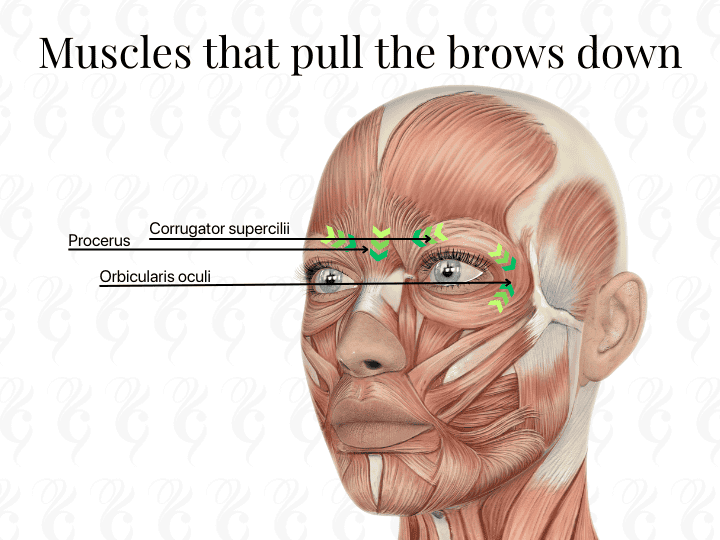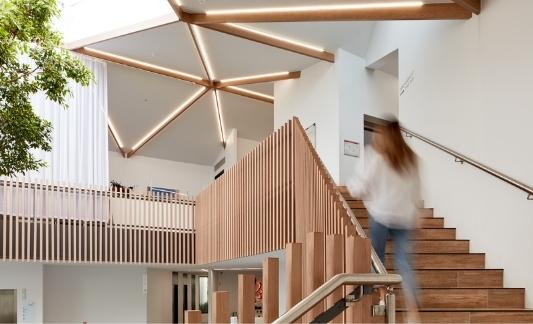Non-Surgical Eyebrow Lift Melbourne
Eyebrow lift treatment
A consultation with a doctor is required before treatment to assess the severity and cause of lowered eyebrows, known as brow ptosis. Medical consultations with a doctor will enable the assessment and planning of an appropriate treatment;
- A detailed medical history is taken
- The brow ptosis is visually examined, including any contributing factors such as skin laxity, volume loss, and muscle weakness
- Clinical photos and videos are taken for your medical file, providing an objective baseline before any treatment
- A Visia skin analysis is performed.
- A treatment plan, including costs, is provided, and adequate time is allowed before the plan commences
- The proposed treatment is explained, and time is provided to have your questions answered
- Risks and potential side effects of the proposed treatment are explained, and a consent form is provided for completion before the treatment commences
Eyebrow lift consultations are available with doctors at our Lower Templestowe and Berwick clinics.
Non-surgical eyebrow lift
A non-surgical eyebrow lift is a cosmetic procedure designed to elevate the brows without surgery. This type of brow lift involves one or more clinic-performed medical treatments as an alternative to surgical treatments.
Surgical options include a forehead lift, a surgical procedure that corrects a sagging or deeply furrowed brow. We do not perform surgical brow lifts at Victorian Cosmetic Institute.
The doctors at Victorian Cosmetic Institute provide consultations and treatments for non-surgical brow lifts.

What causes heavy brows?
As we age, the forehead, brow, temple, and upper eyelid areas lose subcutaneous fat, making the bony contours of the eye sockets more noticeable. Weakening of the frontalis muscle and the muscle supporting the upper eyelid can also contribute to the eyelids drooping. This loss of support and fullness causes the brows to sit at or below the eye sockets, causing brow ptosis.
Types of non-surgical brow lift procedures
Depending on your face structure, age, and the cause of your brow ptosis, a couple of different non-surgical brow lift techniques may be suitable for you. During your consultation, the doctor will assess your brow ptosis to ascertain the severity and whether your lowered brow is due to volume loss or weakened muscles.
- Weakened muscles – When muscle weakness, such as in the frontalis muscle, contributes to your brow droop, it may lack the strength to lift the brows against the resistance of the orbicularis oculi muscle. Treating the orbicularis oculi muscle may help lift the brows by allowing the frontalis muscle to function more effectively.
- Volume loss – The loss of subcutaneous fat in the upper eyelid contributes to the appearance of brow droop. Replacing lost volume may support the lateral brow and reduce the appearance of brow ptosis. Replenishing lost volume may also reduce the appearance of the bony orbital rim around the eyebrows, which becomes more evident with ageing.
FAQs
Who is a candidate for eyebrow lift?
Suitable candidates for a non-surgical eyebrow lift consultation include adults who do not have a significant drop in their brows and who have the following;
- Upper eyelid hollowing – The appearance of your eyebrows can be heavily impacted by the structures (bone, muscle, fat pads and volume) both above and below them. With hollowing of the upper eyelid, the eyebrows appear heavy and sagging downward, a sign of ageing. Replacing volume in the upper eyelid may lessen the appearance of sagging brows.
- Lowered eyebrows – Brows appearing lower due to ageing or weakened muscles may be suitable for a non-surgical brow lift. Treating the antagonising muscles may assist the frontalis muscle to lift the brow.
- Good health – Overall good health and no underlying conditions that might affect healing or response to treatments.
- Realistic expectations – An understanding that non-surgical options may not provide the same results as surgical methods.
Those with significant eyebrow ptosis may not be suitable for a non-surgical eyebrow lift and may instead consider a consultation for a surgical brow lift.
How long does an eyebrow lift last?
Non-surgical eyebrow lift treatments are not permanent, and retreatment is required to continue to notice any effect. The longevity of results can vary among patients and depending on the specific treatments used. Your doctor will provide guidance on the frequency of retreatment based on an evaluation of your brow ptosis and the development of a personalised treatment plan.
What are the risks and potential side effects?
Non-surgical brow lift treatments do carry risks and potential side effects. Additionally, treatment will likely require a recovery period or downtime. The amount of downtime will depend on the treatment being provided.
The risks and side effects of treatment may include; bruising, swelling, infection, skin redness, headaches, and other risks. There are also cosmetic risks, which include undesirable outcomes, asymmetry, over-treatment, or under-treatment.
How much does it cost to lift your eyebrows?
A price for non-surgical eyebrow lift can be provided upon consultation with a doctor. Only upon a medical examination can a treatment plan be prescribed and costs determined, as costs are determined by the treatment plan prescribed.
Why choose Victorian Cosmetic Institute for an eyebrow lift consultation?
Non-surgical eyebrow lifts have been performed at Victorian Cosmetic Institute since 2005. The doctors provide a medical assessment during your consultation as to the cause and severity of your brow ptosis in order to prescribe an appropriate treatment plan
Clinical photographs and videos are taken before your procedure and at your follow up review, for an objective measure of your treatment outcome.
You can choose to book your consultation online or phone our friendly Customer Care team on 1300 863 824, who will find a suitable appointment time for you.
Last updated December 2024
